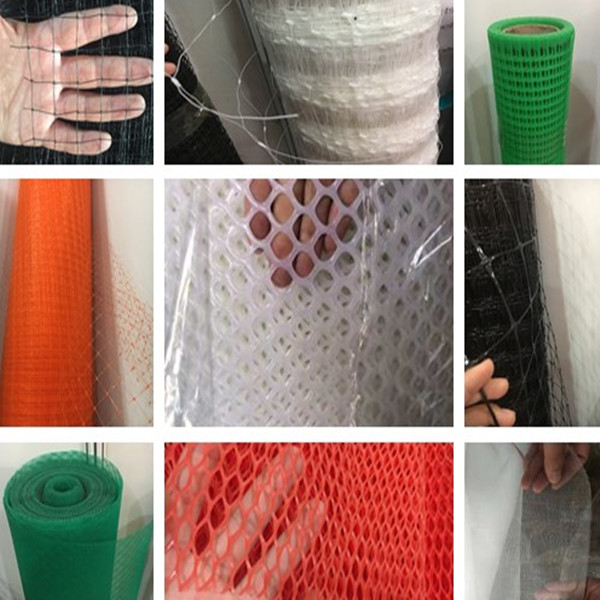Plastic Net
The plastic net including plastic flat net, plastic slope protection net, slope greening vegetation net, plastic breeding fence net, plastic plant support net, plastic anti-bird/insect nets, plastic filter net, etc.
The texture of material :PE/ PV/ PP + UV anti-acid and alkali , anti aging, corrosion resistance .
Color : transparent, white, silvery grey, green, black, etc. It's can be do as per customer's requirement.
Main uses: slope protection, greening and vegetation, crops plants supporting, anti bird and insects, breeding fence, building, internal and external wall coating lining nets, buried line warning logo, etc.
The advantages of plastic net :
solid structure
easy to set up
economic for applying
high stengthand stretching
creepage resistance, aging resistance
stable performance
impact resistance
The plastic net is ideal choice for production of new composite materials .

Plastic Net,Plastic Slope Protection Net,Anti Bird and Insect Net,Plastic Flat Net,Polyester Belt
ANPING COUNTY SHANGCHEN WIREMESH PRODUCTS CO.,LTD , https://www.scwiremesh.com